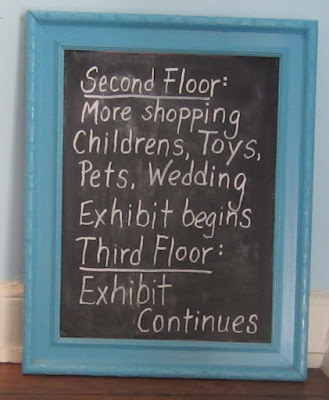The
Historic Annapolis Museum and Store building was constructed in 1791. German immigrant Frederick Grammar built the three-story brick building down by the waterfront. It has served as a store, a residence, and a pub. It almost got razed in the 1950s but a restoration movement saved the building. Eventually it became a store and museum.
 |
| Historic Annapolis Museum and Store on right |
 |
| The building circa 1910 |
 |
| A sign inside-definitely half-store, half-museum |
We didn't do much shopping but did enjoy the museum. Most of the exhibits focused on slave labor. In pre-independence America, three types of servants existed.
First, indentured servants were Europeans who couldn't afford to come to America. They worked off the cost of their passage as a contracted servant. The contracts typically lasted four to seven years. Then the indentured servants were free to work for themselves in the colonies. Legally, they had rights under their contract. The practice was abolished in 1775 when the American War for Independence started.
Second, convict servants were criminals (mostly from Great Britain) whose punishment wasn't imprisonment or death. Instead, they were sent to the colonies to pay their debt to society. Typical sentences lasted seven to fourteen years, though for serious crimes the sentence was life long. Legally, their work belonged to others until their sentence was completed. The practice was abolished in 1775 when the American War for Independence started.
Isabella Pierce was an English convict who ran away from her owner.
She took some valuables and paperwork claiming she was the indentured
servant Bridget Castilo. So identity theft isn't really as new as we'd
like to think.
 |
| Isabella Pierce display |
Third, slaves were people captured in Africa and brought to America. Slavery was a life-long sentence (though slave owners could free their slaves) and children of slave women were also slaves. Legally, they were the property of others and had no rights. The practice was abolished in Maryland in 1864 with a new state constitution. It was abolished nationally in 1865 with the ratification of the 13th amendment to the United States Constitution.
Candis was a slave who ran away in 1798 from a Frederick, Maryland, home. She was helped by a freed black man named William Stewart who had papers for himself and his wife. Stewart took her all the way to Canada, telling people Candis was his wife.
 |
| Candis display |
Another slave, Sam Berry, escaped from a Maryland plantation in 1844. He renamed himself James Watkins and escaped to Europe. He became an author and lecturer, testifying to his life as a slave.
 |
| Sam Berry display |
A display showed the various items slaves might take as they ran away. Spices like cayenne pepper were helpful in throwing dogs off the scent. Taking a horse meant faster travel, but greater punishment if caught. Lamps and flint and steel were handy but could be revealing at night. Sometimes personal items like small instruments or beads were a comfort.
 |
| Various items to take |
 |
| Beads, Jew's harp, flint and steel, and the ever popular cash |
 |
| Picking up something for the road |
We were surprised to read that owners would advertise in local (and not so local) papers if a slave ran away.
 |
| Checking the local news from the 1700s |
 |
| Reading about various practices |
The museum also had a skull and crossbones stamp made as a protest against the British Stamp Act.
 |
| Stamp display |
 |
| Stamp close up |
In the hall was a display of the Maryland signers of the Declaration of Independence. From left to right they are Samuel Chase, Charles Carroll, Thomas Stone, and William Paca. Each of them lived in Annapolis at one time or another.
 |
| Signers of Declaration of Independence |
The museum is free, so we definitely got more than our money's worth!

















No comments:
Post a Comment